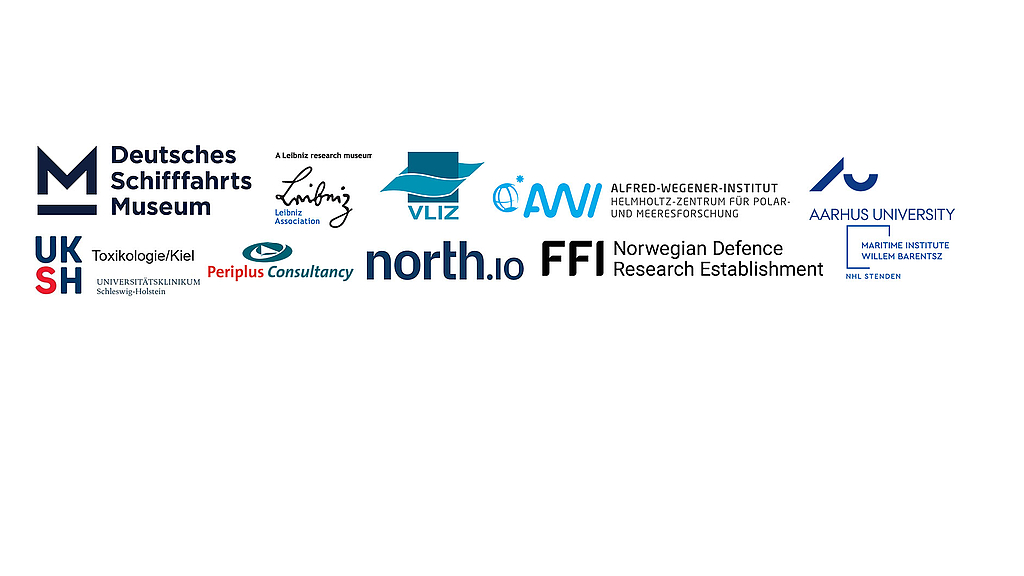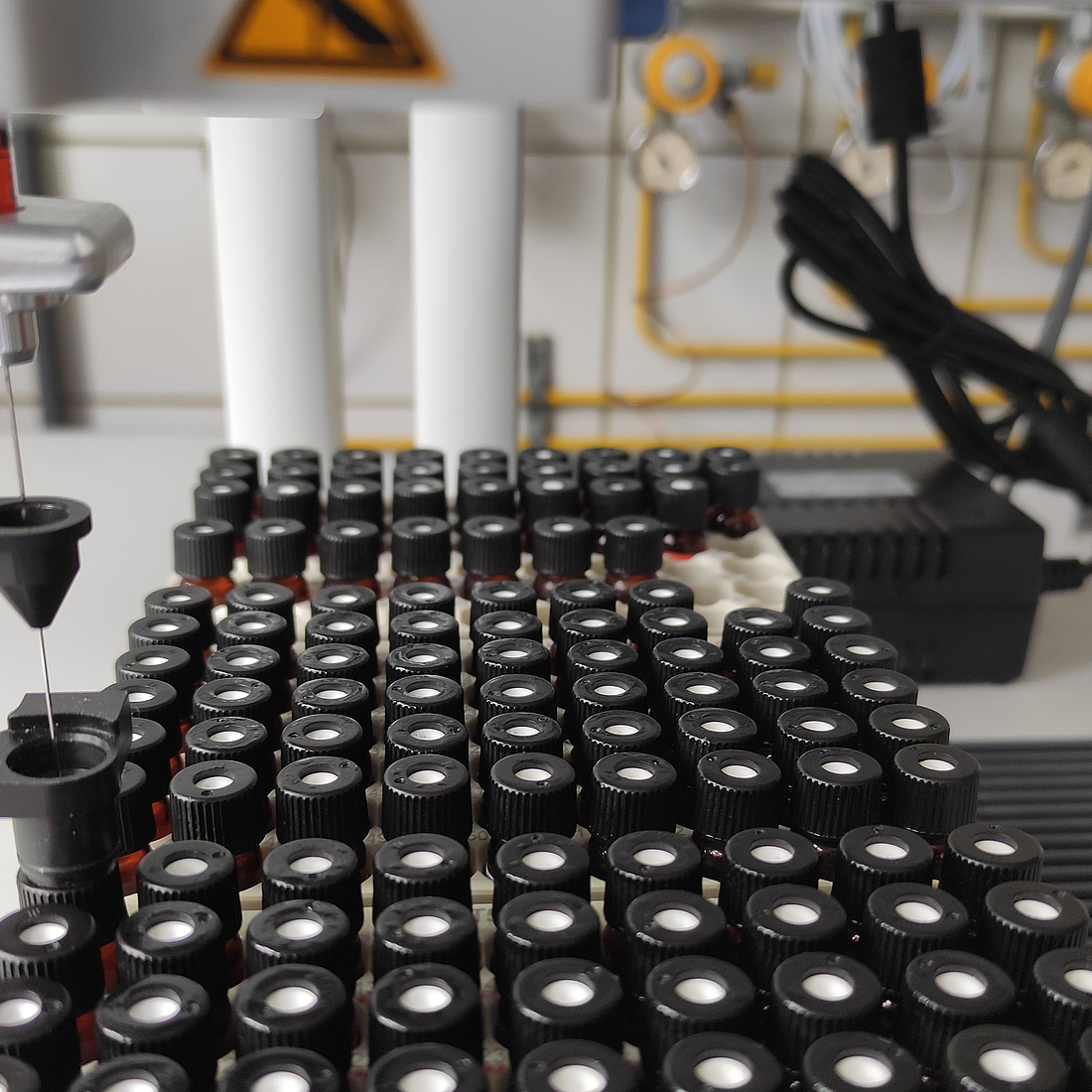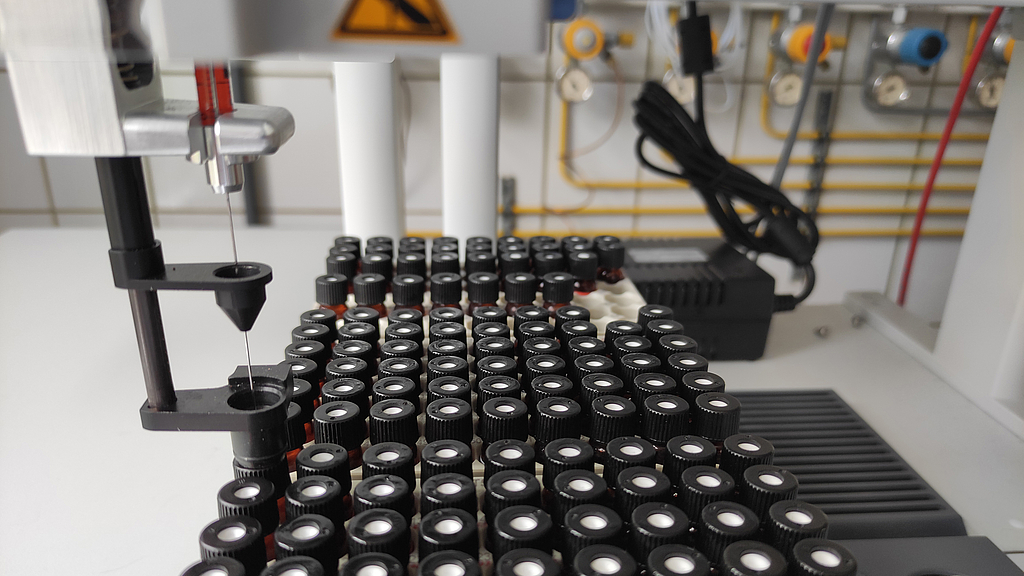Bioindicators and biomarkers – measuring the reactions of marine organisms to pollution
We use bioindicators and biomarkers to assess the risk of dissolved explosives to marine organisms. A bioindicator is a species or an ecological community that is monitored over time for changes in numbers, health or other indicators telling us about the status or quality of a particular environment.
If chemical contaminants are present, the organism may, in response, display changes in the way it functions (physiology), its behaviour, or it may even die. However, mostly healthy organisms able to survive an expected level of pollution are used in common environmental monitoring programmes.
The selected bioindicators should preferably be abundant, widespread, and easy to sample and handle. It is also beneficial if they can be conveniently used in laboratory experiments to investigate how the substances from the explosives are gradually absorbed, eventually accumulated and/or metabolised.
In contrast to physical or chemical assessments, bioindicators display biological reactions to the observed environmental changes and enable correlations of contaminant concentrations to possible health effects. Biomarkers are used to assess the effects of pollution at different levels in the target organism: Changes in gene and protein expression are first signs of organisms´ immune and detoxification responses. Enhanced accumulation of metabolites in the tissues show ongoing exposure to pollutants, whereas the damage of tissues and organs and respective development of disease are the result of the breakdown of protection measures within the organism over time
Responses of the organisms at the levels of gene expression and protein synthesis are usually correlated with lower exposure concentrations of contaminants and short exposure times. In contrast, changes to tissues or organs are more likely the result of higher concentrations of pollutants and a longer exposure time to these chemicals.
The severity of the measured effects is also connected to the type, degree and length of time of exposure to the pollutants. Effects on organs are more severe and often irreversible compared to the effects of bioaccumulation or changes in genes or molecules.
There are numerous potential bioindicator species available, depending on the marine ecosystem to be investigated. To study the potential negative health effects of marine munitions lying on the sediment on organisms, bottom dwelling organisms are the best choice. These species are most likely in contact with solid explosives still trapped in corroded munition shells or become exposed to the dissolved explosives near open munition materials.
Sessile or immobile species such as blue mussels (Mytilus spp.) are good bioindicators because they directly show the pollution level within a certain site. As filter-feeders, blue mussels are able to filter large amounts of seawater, and are thus highly exposed to chemical contaminants. In addition, due to the mussels’ low capacity for biotransformation, they tend to bioaccumulate these substances from the surrounding water.
In addition, some stationary crab species and non-migrating flat fish species, such as dab and flounder, are used in biomarker monitoring. Fish are good biomarkers, because they are relatively long living and an exposure to low concentrations of explosives may appear only after years as measurable negative health effects. Therefore, we combine both mussels and flat fish to visualise short and long term effects of pollution from munitions.
Partner
-


